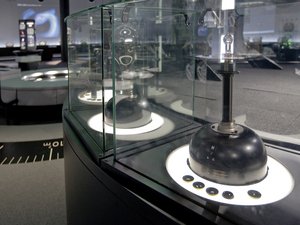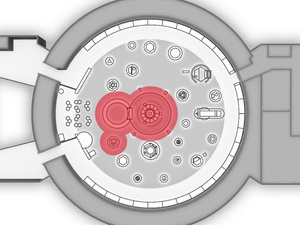Nagoya City Science Museum
TOP > Exhibition Guide > Keyword Search > Starting with "D" > digital > History of Planetariums
History of Planetariums



Purpose of Exhibition
This exhibit will show you the history and development of planetariums with models and star projectors; some of them were actually used in domes.
Additional Knowledge
[The Development of Planetariums]
The origin of the history of planetariums can be traced back to before the beginning of the Cristian Era. The celestial globe is a sphere on which the stars, constellations and the ecliptic and equator are drawn. Astronomical clocks or orreries were designed to model the movements of the planets, which in modern times applied the technology of clock making. By combining both of these ideas, the optical planetarium with a lens projector was invented in 1923, and now we have also the most refined fiber-optic projectors.
[Various Planetariums]
The development of computer technology brought about the advent of digital planetariums in 1983, which project computer generated images onto domes. Now we have two planetarium projectors in the dome on the 6th floor of the Astronomy Building: Zeiss IX, the fiber-optic star projector, and the digital system MediaGlobe Σ SE.
A variety of small-scale planetariums are also on the market, such as fisheye lens planetariums that project stars onto the ceiling, pinhole projector assembly kits, and software that shows stars on the screen of a computer or mobile device.
This page was last edited on 10 July 2022.
Article by Astronomy Section
